The Price of EU Energy Independence
As the EU works to free itself from its reliance on Russian gas, the underlying question is: at what cost?
In 2021, the EU imported 58% of its energy from overseas. Despite renewable energy sources becoming Europe’s leading source of energy in 2020, the Continent is still deeply reliant on external energy sources, in particular fossil fuels. The biggest provider? Russia.
According to the EU Commission, Russia provided nearly a quarter of Europe’s crude oil, 46% of its coal, and 40% of its natural gas imports in 2021. In total, energy represented 62% of EU imports from Russia, costing €99 billion.
As Russia’s war on Ukraine drags on, energy prices continue to rise putting increasing pressure on citizens. Due to the trade and production disruptions that have transpired in the wake of European sanctions, and Russia’s retaliatory actions, the World Bank is forecasting a 50% rise in energy prices, with crude oil averaging $100 a barrel in 2022, more than 40% higher than in 2021.
Now politicians are scrambling to find both short and long-term solutions to make Europe more energy independent, while weathering the storm of what has become a full-blown energy crisis.
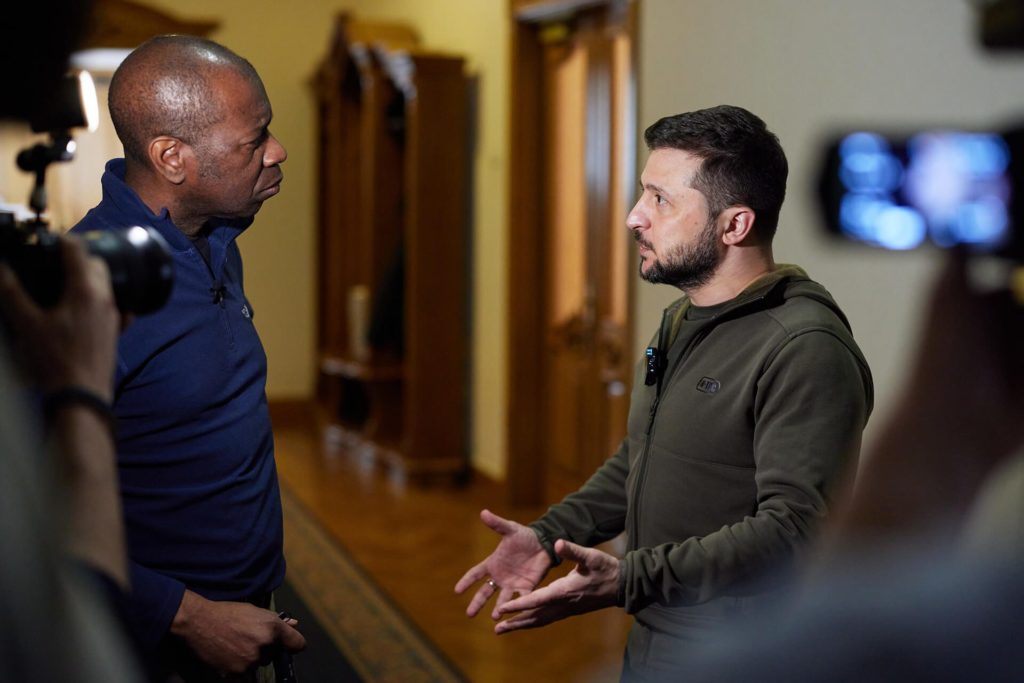
Mutual dependence
Europe’s energy strategy towards Russia was meant to lead to a relationship that neither could afford to go without, “mutually dependent on one another respectively as buyer and supplier of energy”, according to the report ‘Europe’s Dependence on Russian Natural Gas: Perspectives and Recommendations for a Long-term Strategy, published by the Marshall Center for European Studies.
Energy demand will continue to remain constant, for the foreseeable future, despite rising prices. When given the option between paying expensive bills for energy, and going cold through the winter, governments and consumers will almost always take the first option.

European politicians have failed to take into account the fact that Russia has been accumulating revenues from these sales and placing them into a stabilization fund. The report states that “as this revenue is not going to non-discretionary funding, it strongly indicates that Russia could show more perseverance if these revenue streams were interrupted than their European customers could tolerate disruptions in energy supply.”
This report was published in 2008.
European governments have been long aware that it would suffer more from sanctions targeting the energy sector than their Russian counterparts.
Since 2000, Europe has become more dependent on energy imports. The increase is only slight (around 2%) but it is significant in the lack of foresight that has been shown in preparing for the future.’
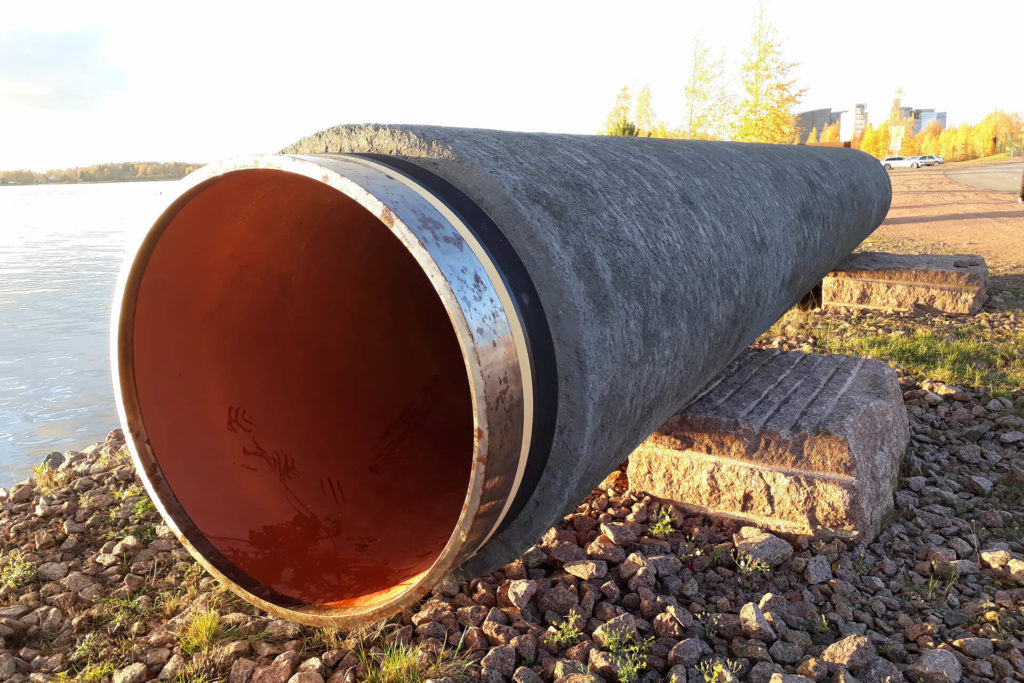
Ending Nord Stream 2
A key example of this policy is Nord Stream 2 gas pipeline. After the Russian invasion of Ukraine, the German government decided to stop the certification of the pipeline “until further notice.” The pipeline, which was intended to connect Russia’s large natural gas reserves to consumers in Europe, now faces an uncertain future. Yet the situation we now find ourselves in was foreseen by critics of the plan.
In March 2016, a letter signed by the leaders of eight EU countries was sent to the European Commission (EC). It warned that Nord Stream 2 went against wider European energy policy requiring that suppliers should not be the ones to “control the energy transmission assets.”
The letter also hinted to Russian motives for the plan, predicting that it would “strongly influence gas market development and gas transit patterns in the region, most notably the transit route via Ukraine.”
There was also resistance to the pipeline from across the Atlantic, with the US imposing sanctions on Russia in part due to the Nord Stream 2 plans. These sanctions were met with fierce criticism from Austria and Germany.
In a joint statement, Austria’s former Chancellor Christian Kern and Germany’s former Foreign Minister Sigmar Gabriel, declared that “Europe’s energy supply is a matter for Europe, and not for the United States of America.”
In 2021, Russia provided 1/4 of Europe’s crude oil, 46% of its coal, and 40% of its natural gas, representing 62% of EU energy imports, costing €99 billion.
Source: European Commission
Now, with the pipeline on hold indefinitely, and Russia cutting off gas supply to Europe, the EU is having to look elsewhere for its energy. It is perhaps a little ironic that it is the United States, who have stepped up to fill the void left by the Russians, with the US supplying an additional 15 billion cubic meters of liquid natural gas through the remainder of 2022.
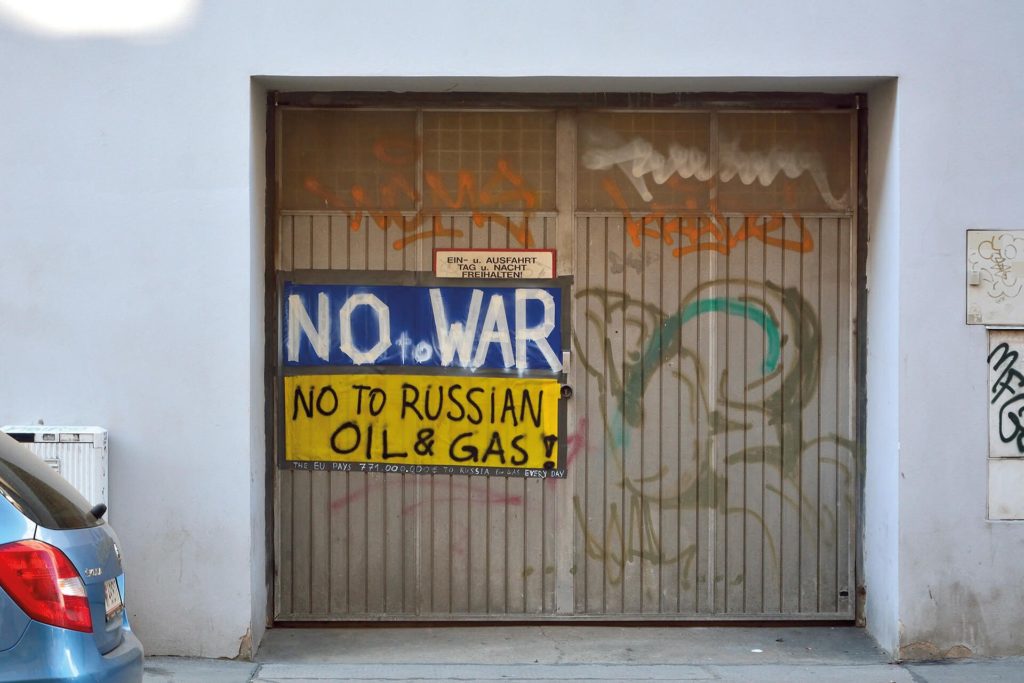
Not the first crisis
The gas crisis the EU is facing is not a first for the Continent. In 2009, Europe faced a similar situation with a cut-off gas supply from Russia due to a dispute with Ukraine. That should have been a red flag for the EU and its eastern neighbors to rethink their energy dependence on Russia. However, at that moment, the situation between the neighboring countries was quickly resolved and the EU did not have to work to build a new energy strategy.
The current situation is different for many reasons, the main one being the ongoing war between Russia and Ukraine which started in February 2022 following Russia’s invasion. But additionally, the EC made a clear statement at the beginning of its mandate in 2019 marking a European Green Deal as one of the priorities for these five years. The energy crisis as a result of Russia’s war on Ukraine can serve as a booster to help make Europe the first climate-neutral continent by 2050 – as the EU Green Deal states.
The EC’s statement is firm and the REPowerEU Plan presented in May 2022 reaffirms the mandate’s priorities. The plan aims to address two of the main priorities for the EC: (1) Ending the EU’s dependence on Russian fossil fuels and (2) tackling the climate crisis. To answer this demand, the plan establishes a set of measures for energy savings, diversification of energy supplies, and an accelerated rollout of renewable energy to replace fossil fuels. The main aim of the EC is to lead the 27 Member States to a greener and more energy-independent future.
What does REPowerEU mean for Europe?
The REPowerEU Plan is a package that includes legal acts, recommendations, guidelines, and strategies based on four pillars: saving energy, substituting Russian gas with other fossil fuels, accelerating the rollout of renewables, and financing new infrastructure. The EC has been working in the direction of these pillars with various strategies such as the Renovation Wave and the hydrogen strategy and legislative packages such as the Clean Energy for all European package.
The EC has agreed and defined in the past few months how to gradually phase out Russian coal and oil by the end of 2022. The agreements have been included in the fifth and sixth packages of sanctions against Russia, respectively. Following those agreements, the REPowerEU plan focuses on how to phase out of Russian gas by 2027, making the transition ordered and affordable to EU Member States.
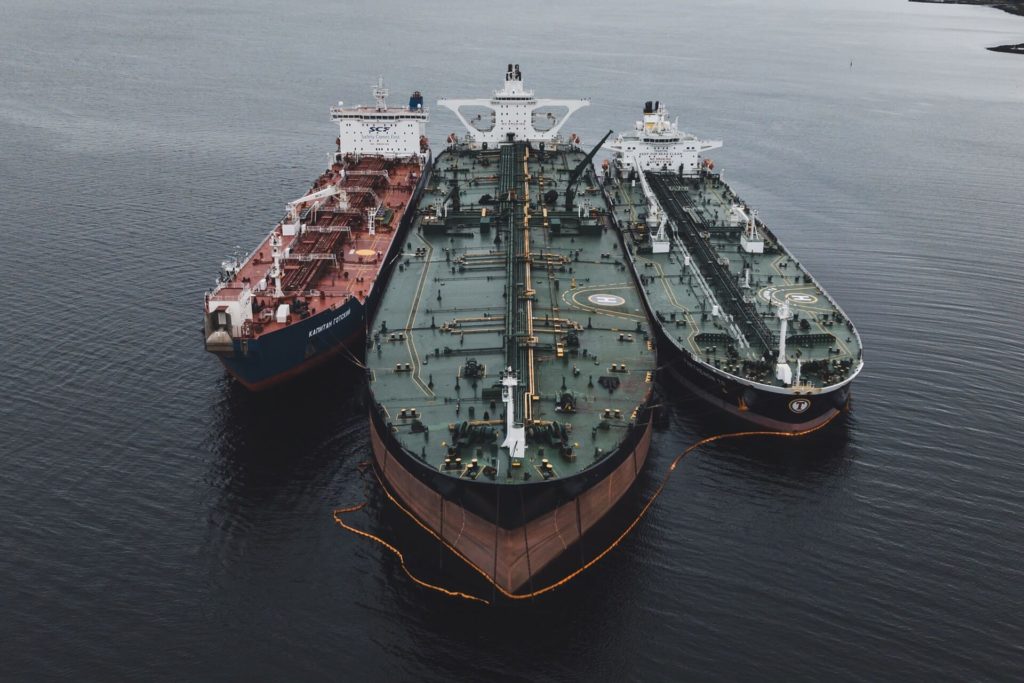
Decarbonization ambitions
Achieving the EC goals of ending Europe’s dependence on Russian fossil fuels by 2027 at the latest and securing the long-term sustainability of the EU energy system will require a combination of short-, mid-, and long-term targets and measures, as Ilaria Conti and James Kneebone – researchers from the Florence School of Regulation – stated in their article ‘A first look at REPowerEU’.
According to the authors, in the short term, the REPowerEU plan aims at increasing energy efficiency to reduce demand. This measure is cost-effective because “the cheapest energy is the energy you do not use,” as Frans Timmermans – Executive Vice-President of the EC – said in a read-out meeting on 18 May 2022. But it is also the most sustainable, secure, and immediately actionable, as Conti and Kneebone affirm.
In the mid and long term, the aim of the plan is to increase renewable energy production within the EU making the continent energy independent while at the same time achieving the net-zero goals ratified by the EC.
“The drawing of sustainability priorities into the forefront of security and competitiveness agendas is a hugely symbolic moment for the formation and prevailing landscape of EU energy policy,” highlight Conti and Kneebone.
However, even if energy demand is drastically reduced and the long-term plan is to focus on renewable energy production and decarbonizing the energy system, in the short- to mid-term there will be a requirement to fill in the demand gap with non-Russian fossil fuels. This is where the risk of becoming independent from Russian energy sources but not achieving the decarbonization plans arise.
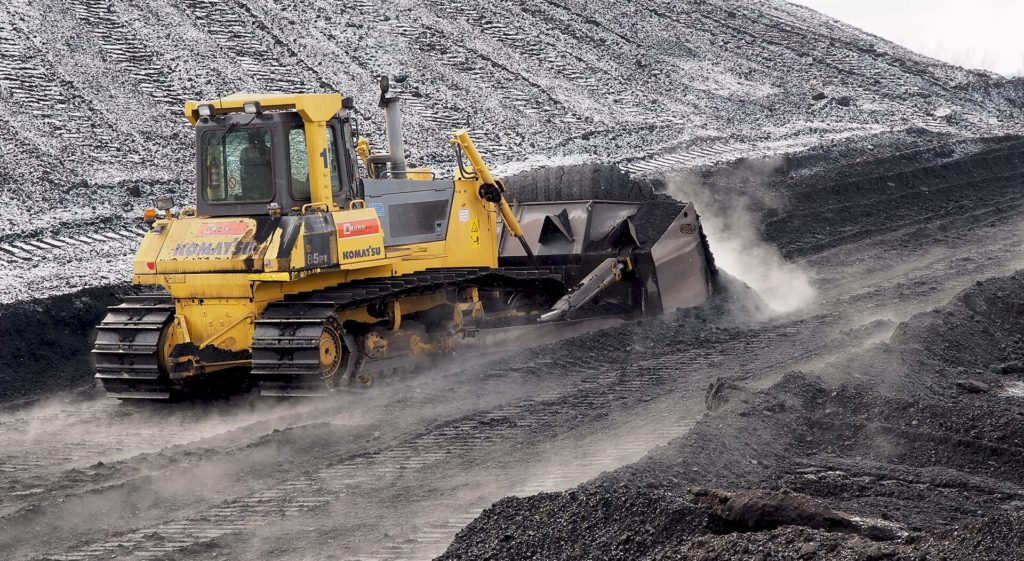
Abandoning fossil fuels
In March 2022, economist and professor of energy policy at Oxford University, Dieter Helm – affirmed to the Financial Times (FT) how the shift away from fossil fuels has never looked more complicated. “The energy transition was already in trouble — 80% of the world’s energy is still from fossil fuels,” Helm affirmed.
According to the data shared by FT, coal power in Europe rose 18% in 2021, its first increase in almost a decade. Globally, the trend has been similar, reaching record levels and causing a rise in emissions. The war in Ukraine is not improving this situation but increasing the need to burn coal to fulfill energy demands in the short term.
Add to this the several challenges that need to be tackled to fulfill the plan prepared by the Commission: such as the timeframe needed for solar and wind farms projects; the access to raw materials (exacerbated due to the war in Ukraine and the COVID-19 pandemic); and workforce preparation.
While the Commission has been taking action in different fields to address these challenges, the success in overcoming these bottlenecks will be determined by the engagement of the EU Member States on making the plan a reality. “Most of the proposed measures require either national implementation or coordination between EU countries,” explains Simone Tagliapietra – senior fellow at Bruegel, in his analysis on the REPowerEU plan.
A catalyst for change
Any conflict is ruled by the geopolitics game and has an impact on civilian life, causing human suffering. As of June 2021, there were 15.5 million refugees coming from countries at war or severe crises ranging from Syria, Venezuela, Afghanistan, and South Sudan, according to the UN Refugee Agency (UNHCR) data. The number of people living in internal displacement was way higher, reaching 59.1 million as of the end of 2021, according to Internal Displacement Monitoring Centre (IDMC).
Geopolitical games across the world have come at a catastrophic human cost. Now, as these have reached Europe on a scale not seen since the 1940s, European governments are counting the economic and environmental costs as well. The war in Ukraine has already led 7.7 million people to internal displacement and around 5 million refugees in European countries.
Yet the war in Ukraine can be seen as a catalyst as well, potentially boosting the green transition in Europe and achieving the net-zero goals set by the European Commission.
As Thijs Van de Graaf – associate professor of international politics at Ghent University – said to the Financial Times, “They say, never waste a good crisis.” After ‘Build Back Better’ and now ‘REPowerEU,’ it remains to be seen if Europe can truly become energy independent.